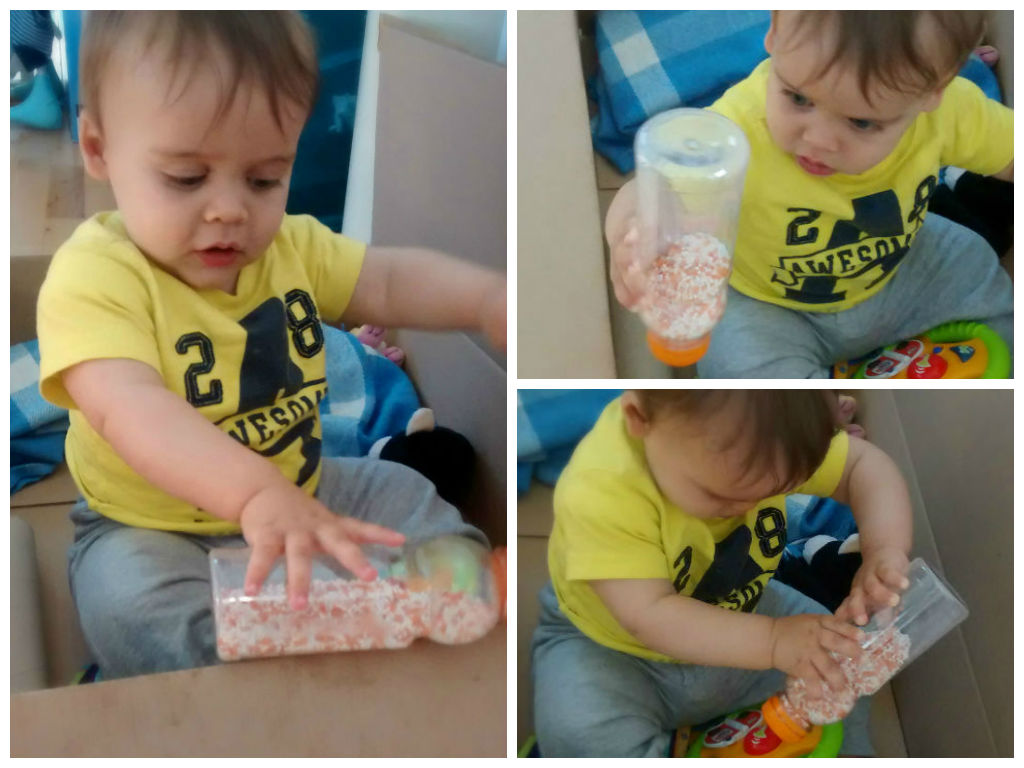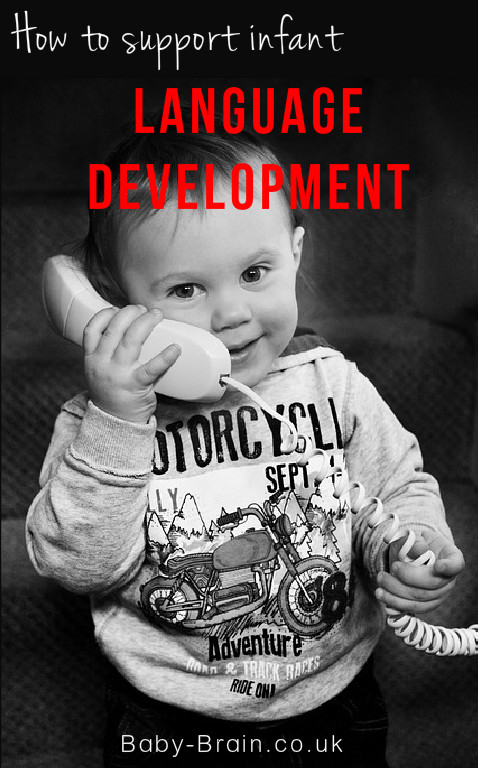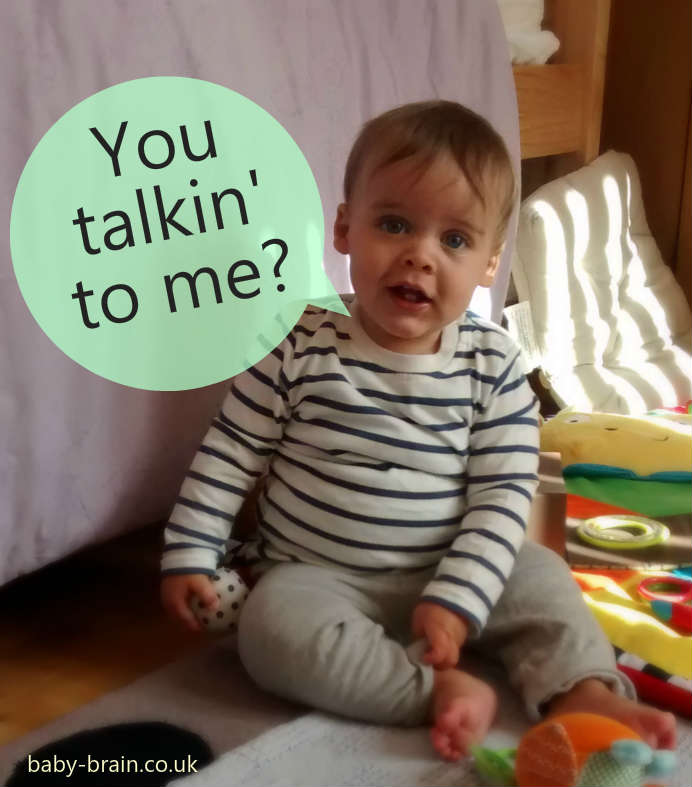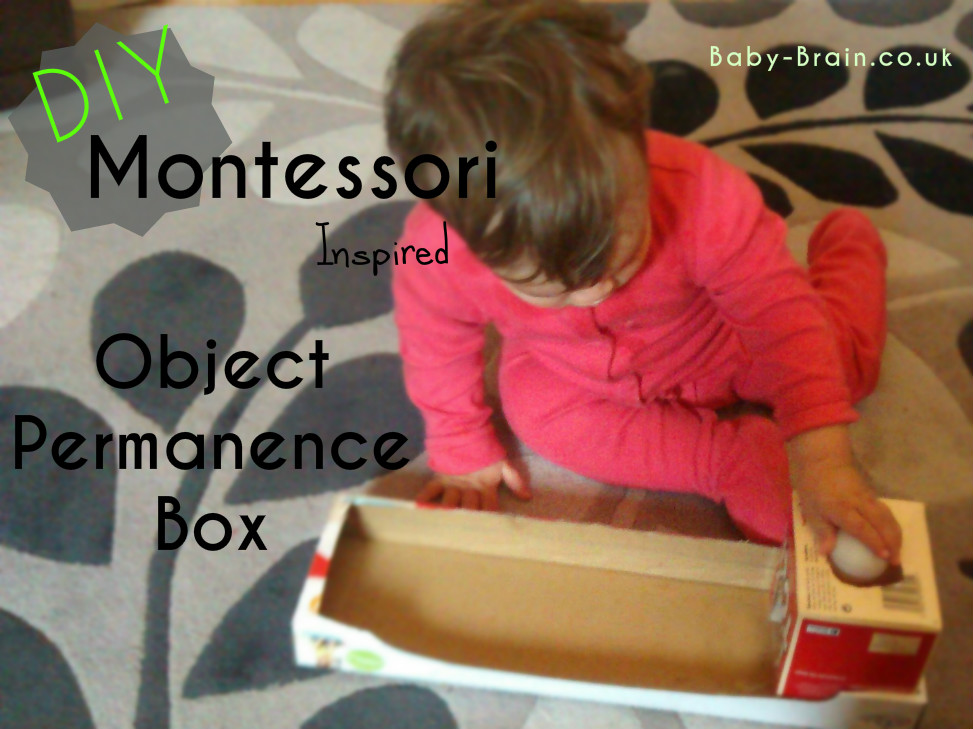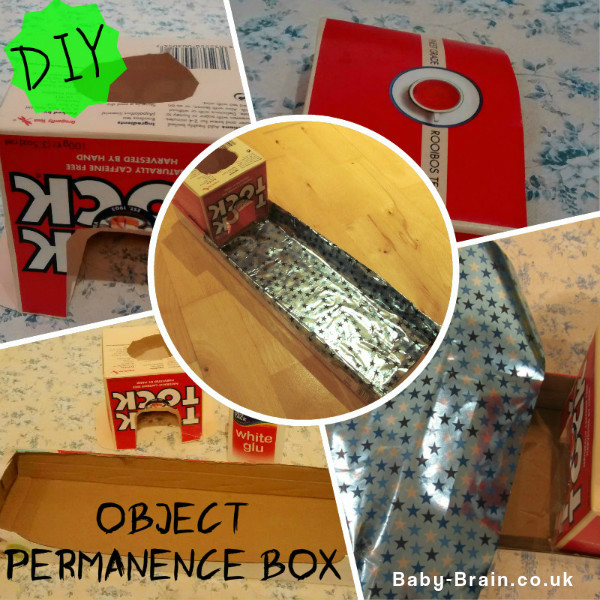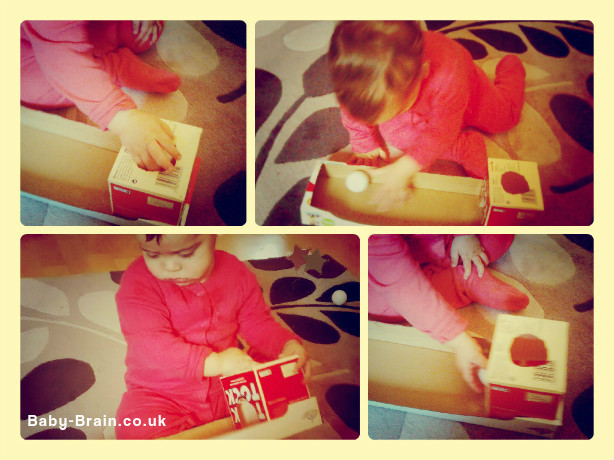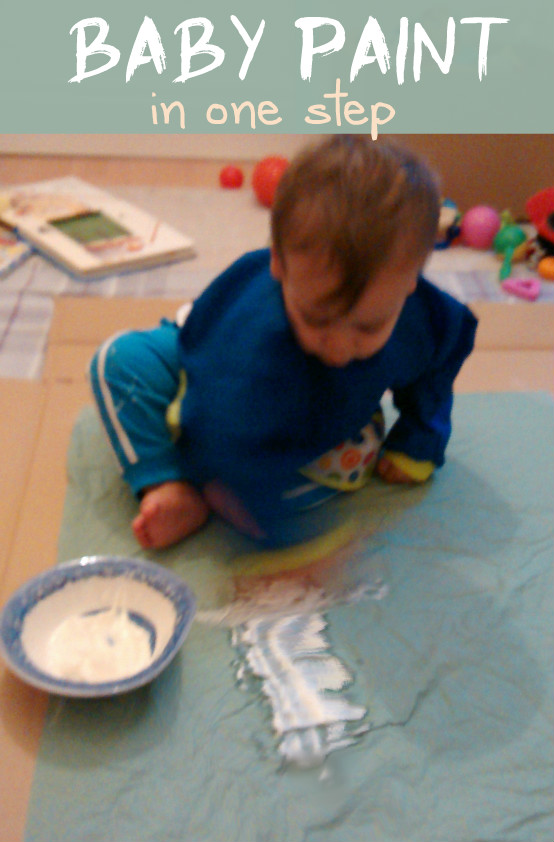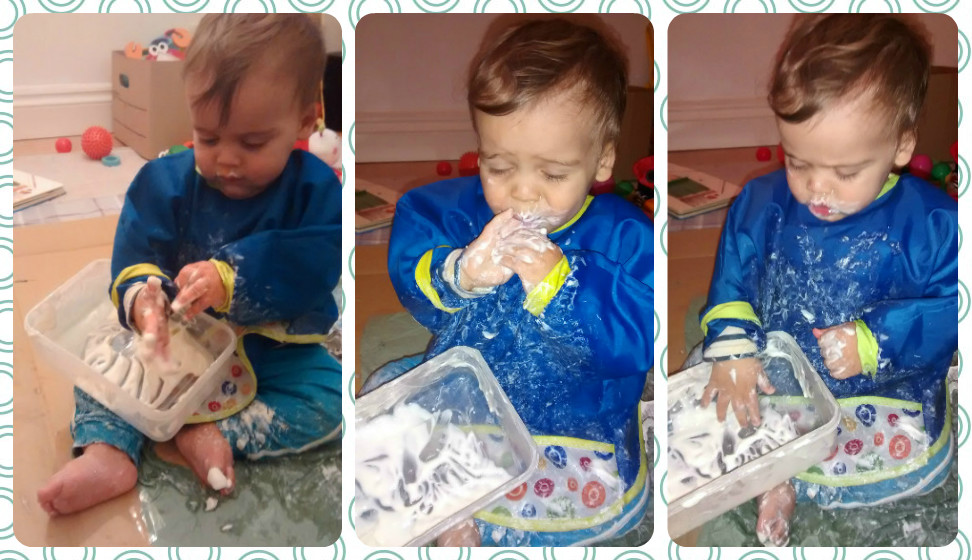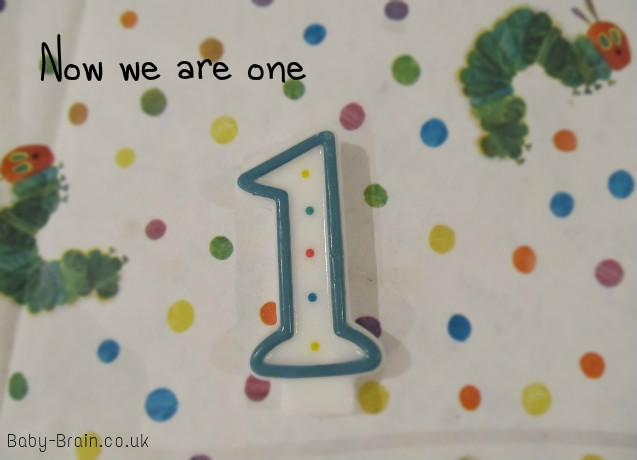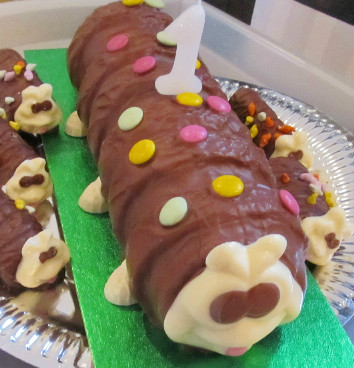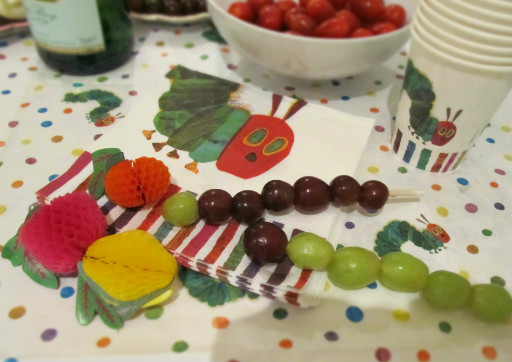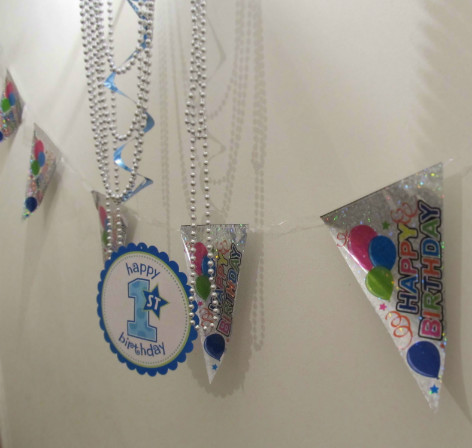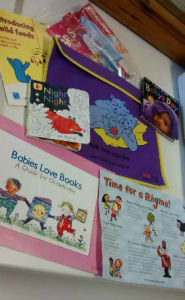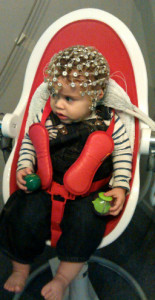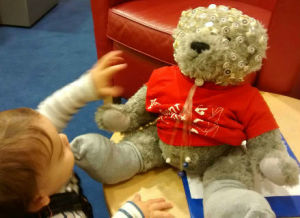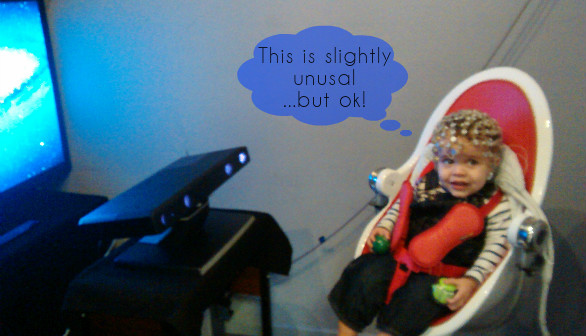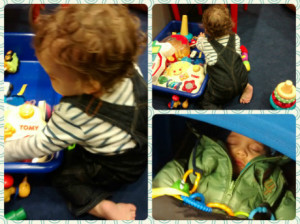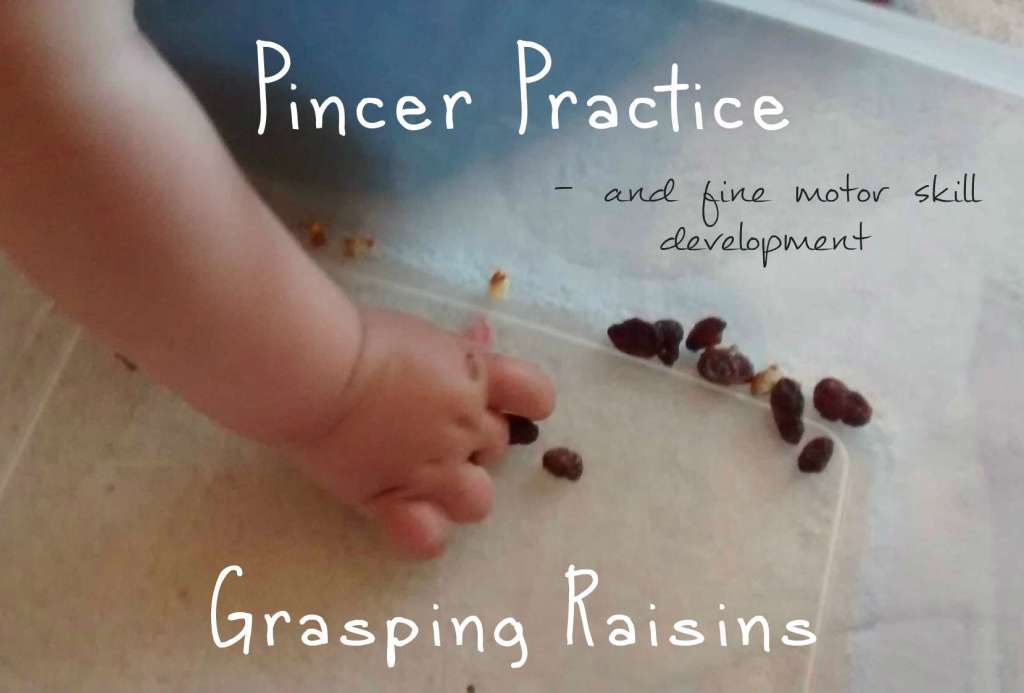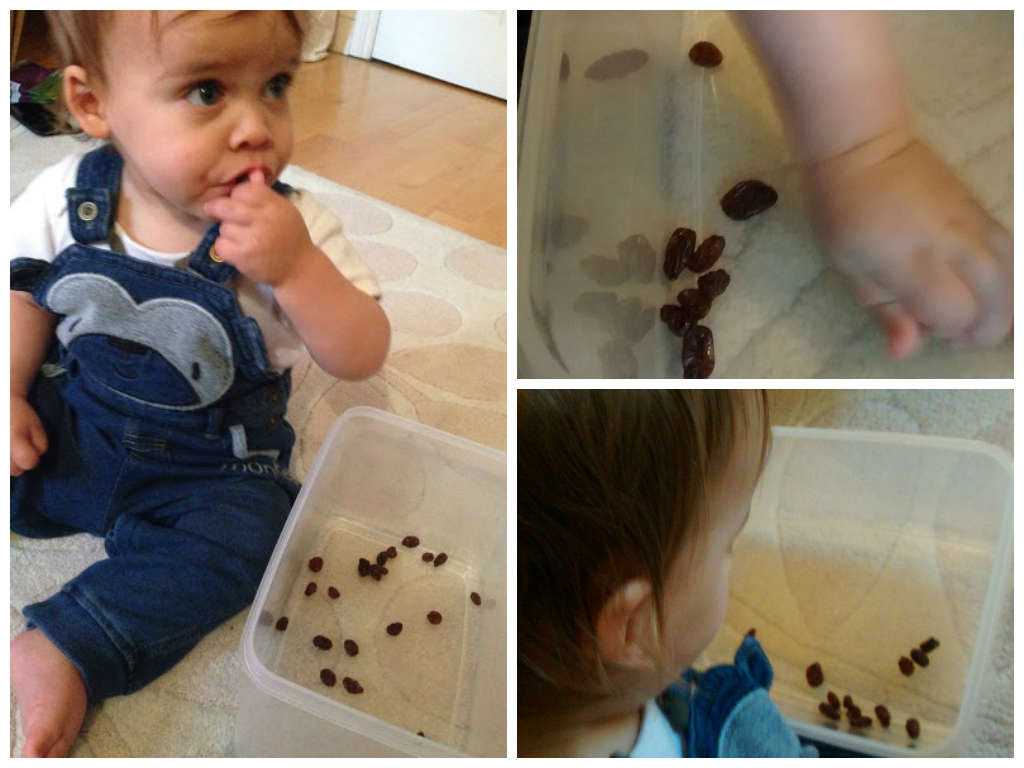Simple Bottle Shaker!
We made this simple sensory DIY toy when my Little Lovely was about 8.5 months old, inspired by the home-made sensory bottles I often came across at baby classes:
This was a quick, simple and cheap way to provide baby with something novel and stimulating!
-
Wash and dry a used drink bottle
-
Fill with something that will make a noise when shaken – we used tapioca and dried lentils
-
I fitted the lid back on tightly. You can’t see that well from the picture but the lid is quite big and so hopefully is not a swallowing risk.
age: LL was about 8.5 months when we did this but we have also used a bottle shaker when he was a bit younger and i’m sure it will amuse him in the future.
Here’s the Little Lovely enjoying his new toy. He enjoyed shaking and bashing it about, and was quite curious about it, as he usually is with new things!
A few safety issues: This activity was supervised. The lid is fitted on very tightly so LL will not be able to get it off, chew on it, spill or eat the contents of the bottle, please be careful and decide what, if any, fillings and bottles will be appropriate and safe for your child. Always supervise baby with any activities posted on this blog.


